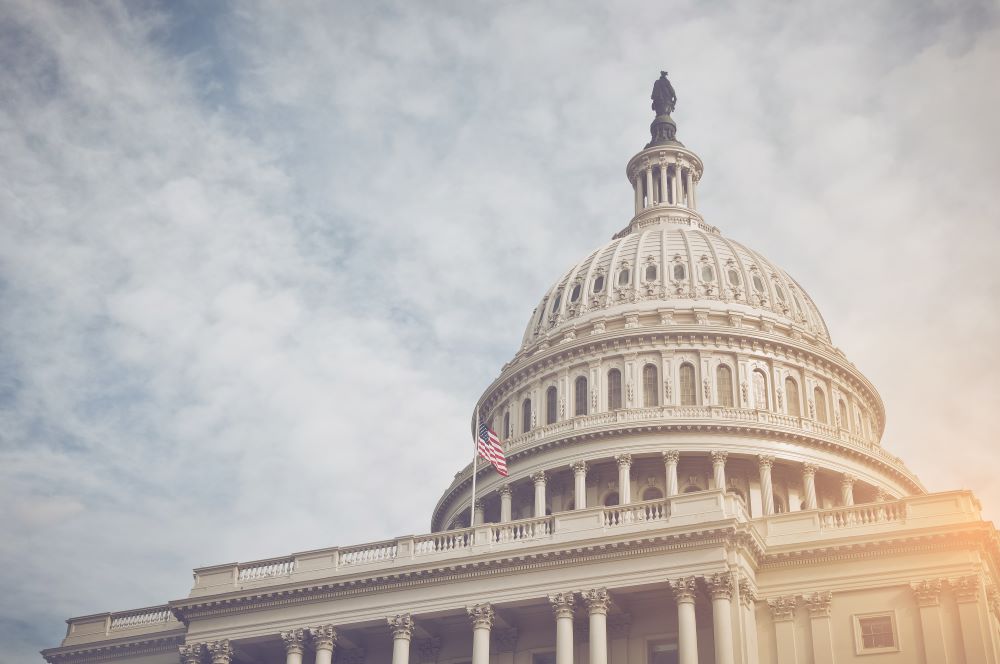
August 22, 2024

The SECURE 2.0 Act of 2022 has introduced important changes to retirement plans, particularly for long-term part-time (LTPT) employees. These changes will impact how companies manage retirement benefits, making it essential for plan sponsors to understand and implement the new requirements. With the 2025 deadline approaching, plan sponsors must take action now to ensure compliance and optimize their retirement plans. To help clients, prospects, and others, Wilson Lewis has summarized the key details below.
Historically, employer-sponsored retirement plans have played an essential role in helping American workers save for their futures. However, a significant portion of the workforce—namely, part-time employees, which totaled nearly 25.5 million people in 2021, according to the Bureau of Labor Statistics—have not been able to claim these benefits. Under previous regulations, employees who worked fewer than 1,000 hours in a plan year were typically excluded from participating in employer-sponsored retirement plans. This exclusion disproportionately affected groups such as parents, caregivers, students, and those balancing multiple part-time jobs, many of whom need flexible work arrangements.
Recognizing this gap, Congress took a significant step towards inclusivity with the passage of the Setting Every Community Up for Retirement Enhancement (SECURE) Act of 2019. A key provision required employers to offer 401(k) plans to extend eligibility to long-term part-time (LTPT) employees. Specifically, the Act mandated that employees who worked at least 500 hours per year for three consecutive years must be allowed to participate in the employer’s 401(k) plan.
The SECURE Act was just the start of these reforms. In 2022, Congress passed the SECURE 2.0 Act, which expanded the original legislation’s provisions. One of the fundamental changes is the reduction in the service period required for LTPT employees. Starting with the 2025 plan year, LTPT employees will be eligible to participate in the employer’s retirement plan after two consecutive years of working at least 500 hours.
The SECURE 2.0 Act also expanded the LTPT provisions to include 403(b) plans subject to the Employee Retirement Income Security Act (ERISA). This expansion means employees of public schools, certain non-profits, and other organizations offering 403(b) plans can also benefit. However, it’s important to note that collectively bargained employees and non-resident aliens with no U.S. source income are excluded.
Plan sponsors must take several key steps to comply with the SECURE 2.0 Act and keep your retirement plan on track. These actions include immediate operational changes as well as long-term planning, including:
Timeline
The SECURE 2.0 Act has significantly expanded retirement plan inclusivity, particularly for long-term part-time employees. Plan sponsors must be proactive to ensure a smooth transition as these changes take effect. By understanding the new requirements, amending plans accordingly, and strategically planning for the future, sponsors can ensure their retirement plans remain compliant and beneficial for all employees.
Contact Us
As we look toward 2025, plan sponsors must take the necessary steps to prepare, ensuring the retirement plans are compliant and effective. If you have questions about the information outlined above or need assistance with your next benefit plan audit, Wilson Lewis can help. For additional information, call 770-476-1004 or click here to contact us. We look forward to speaking with you soon.